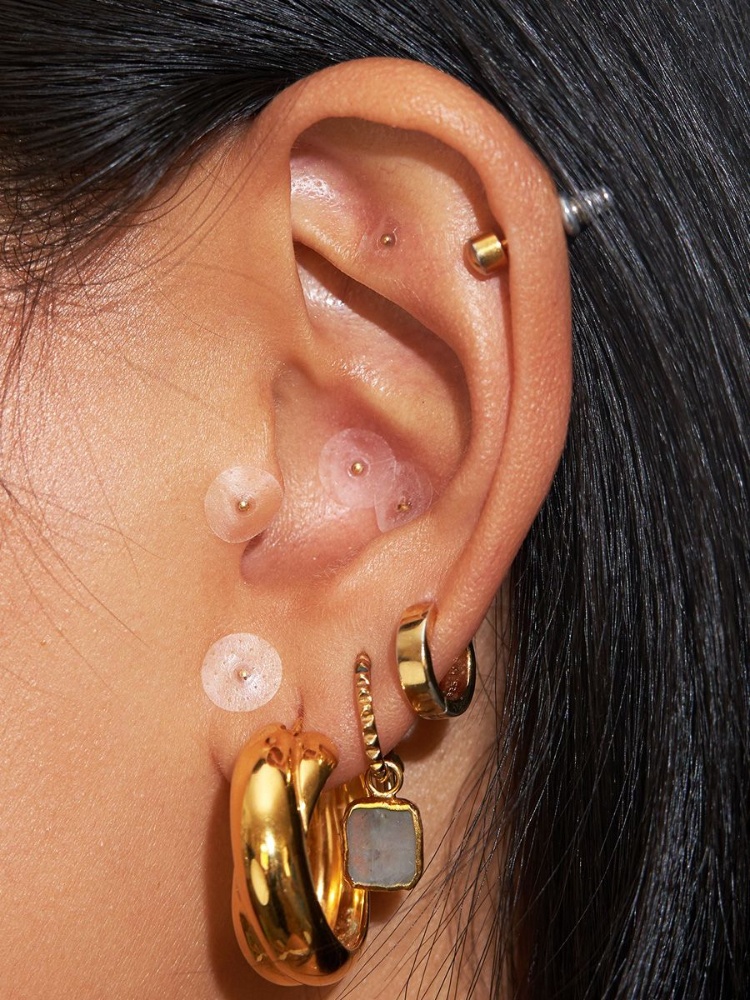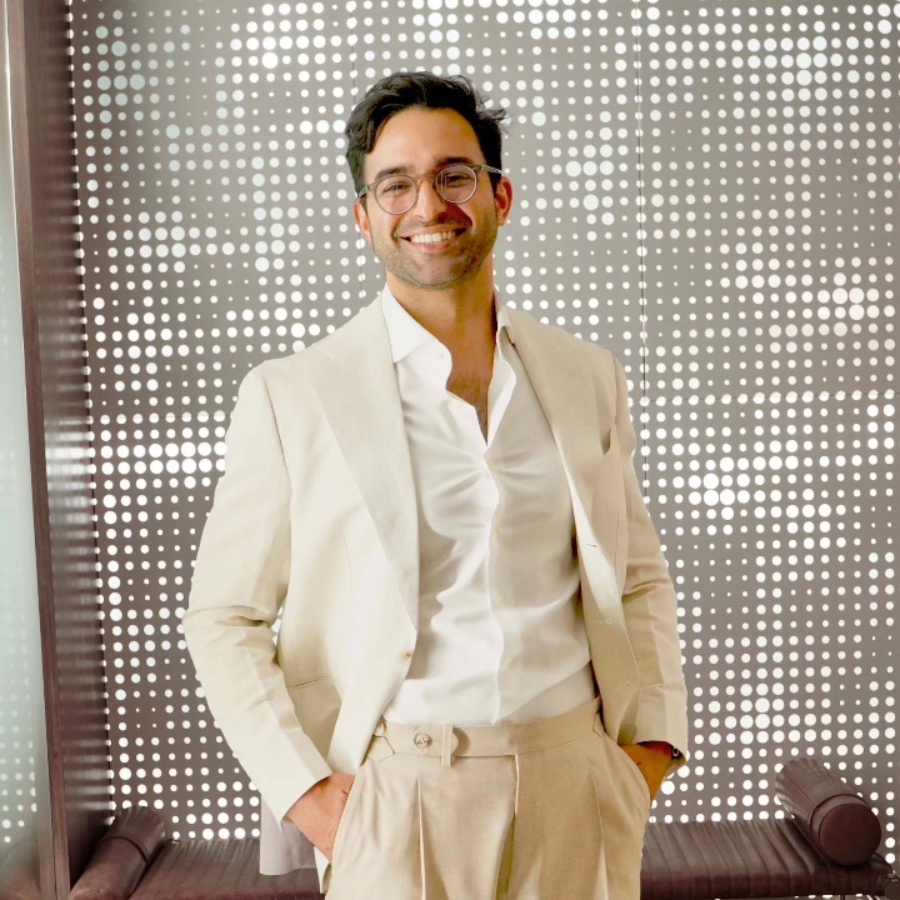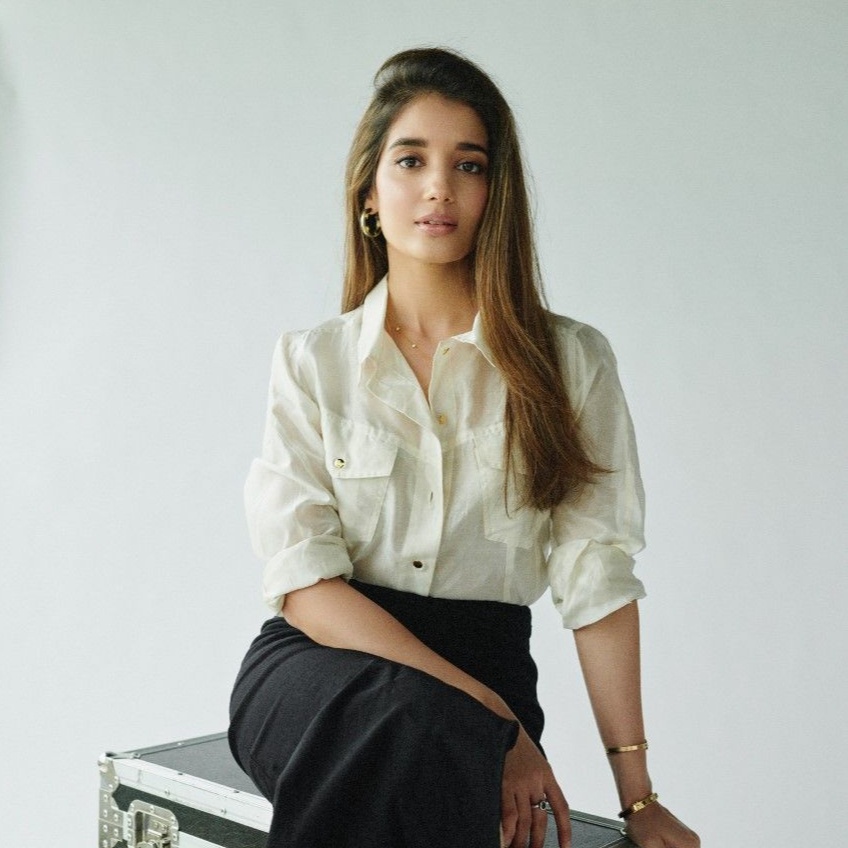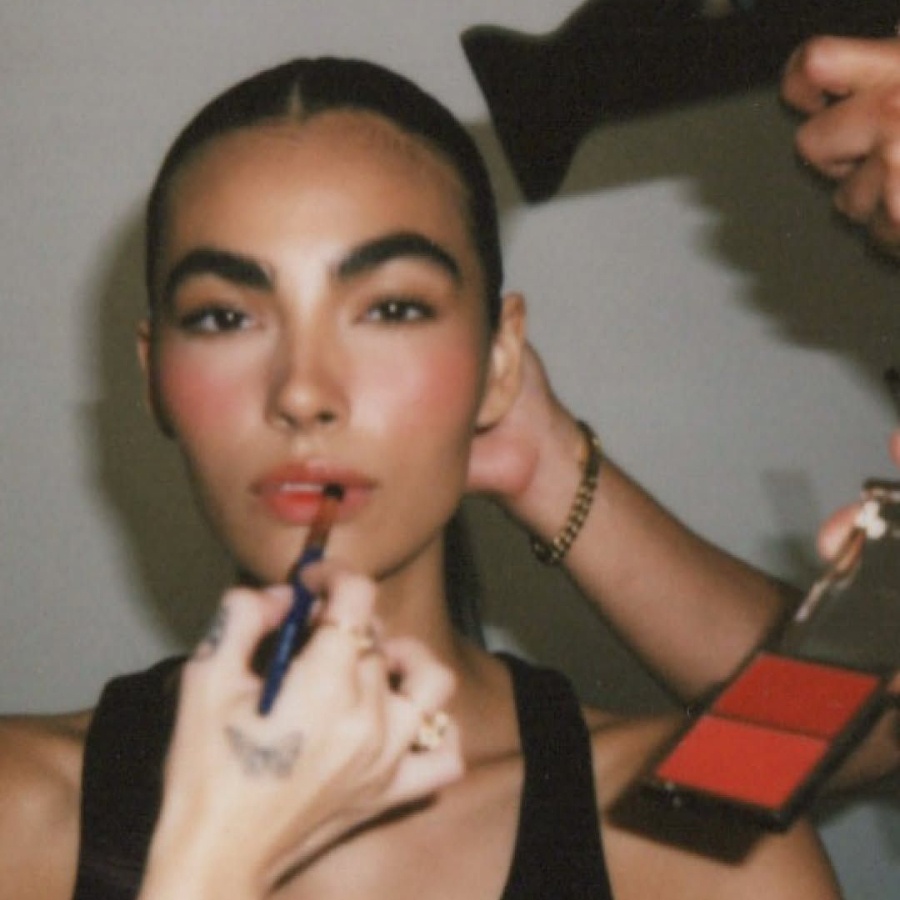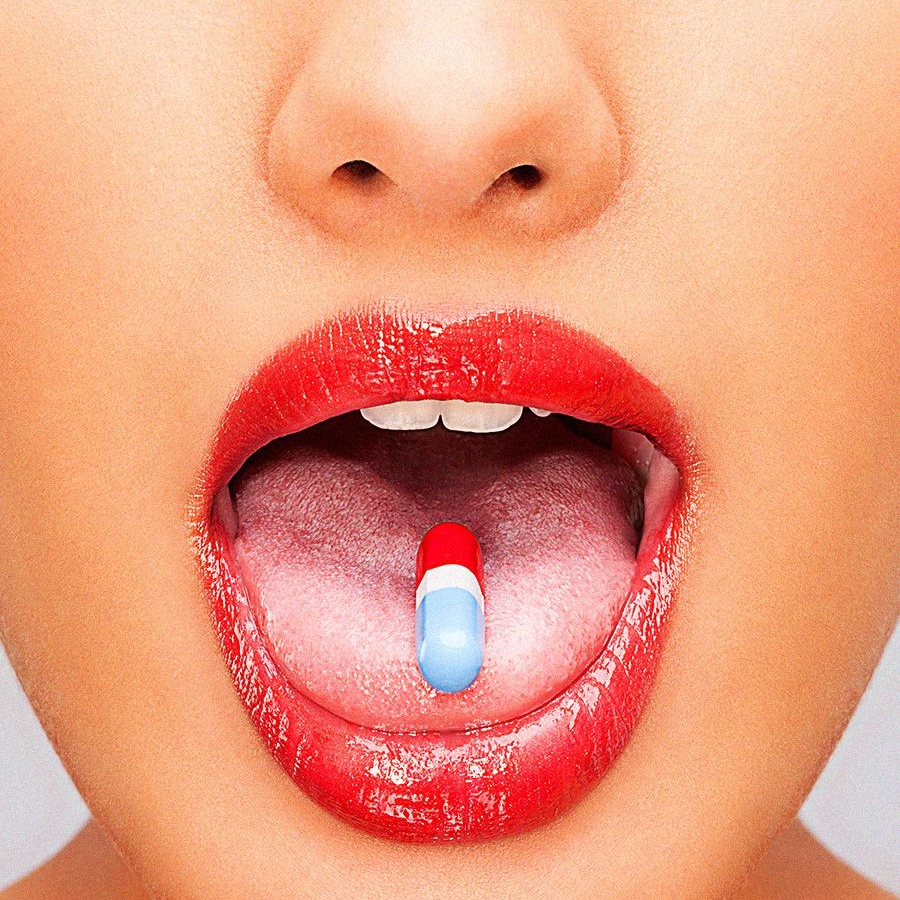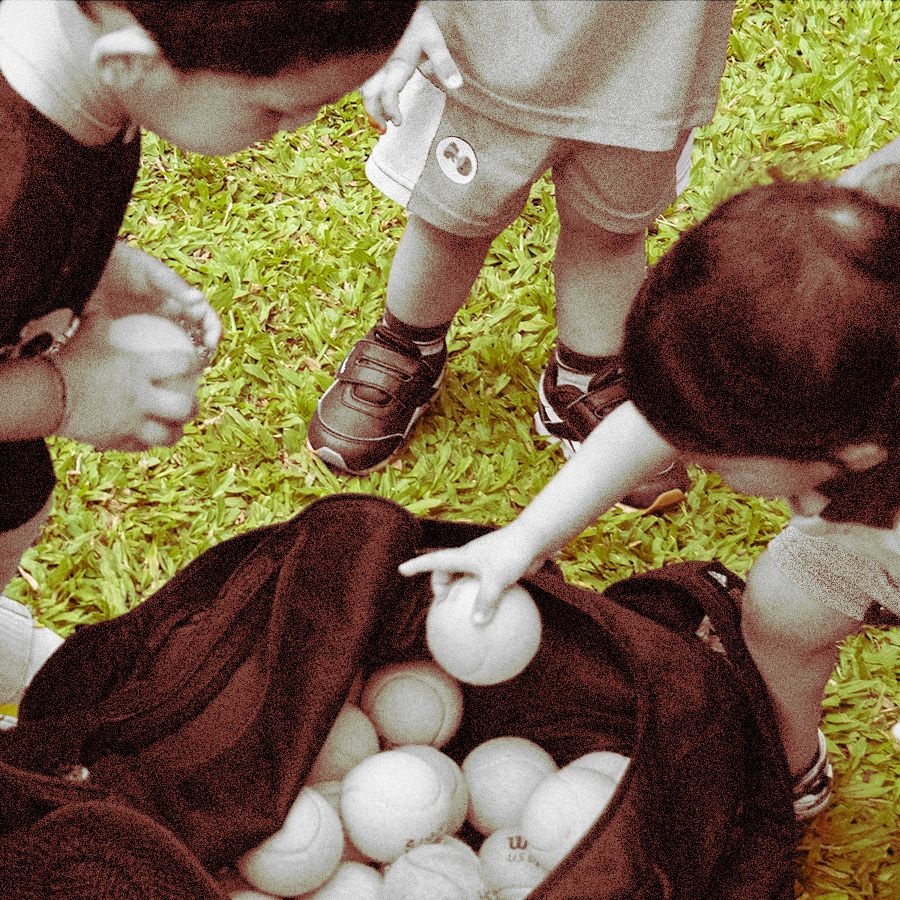They may look like micro piercings, but those glittering gold studs dotting your feed aren’t accessories—they’re therapy. Ear seeding, a form of auricular acupressure and a needle-free offshoot of acupuncture, uses tiny gold or crystal beads on points of the ear to help the body reset and relax. Once used quietly in clinical settings, it’s now emerging as the modern-day self-care ritual for the stressed, the sleepless, and the digitally fatigued. “It’s low-risk and works beautifully as an add-on with therapy or medication,” says Dr Rumi Behramji, consultant, acupuncture, at the Sir HN Reliance Foundation Hospital, Mumbai.
From clinic rooms to social feeds, it seems to have found its moment online—golden dots, soft lighting, and captions promising instant calm. In truth, the effects build with consistency. And while the Internet loves sweeping claims—“It fixes digestion!”, “It sculpts jawlines!”—most of that is more hype than science.
Still, its evolution from ancient Chinese medicine to a modern-day cultural trend has been hard to miss. What began as a therapeutic ritual has been reborn in the age of aesthetic wellness. In New York, brands like WTHN sell 24-carat gold and Swarovski-crystal kits; in the UK, Auricle Ear Seeds and AcuPips offer luxe, jewellery-inspired versions. In India, Mr HSD and AHCS have joined in with DIY kits for under ₹300.
Acupuncture, but make it pretty
“The ear is like an inverted foetus,” explains Dr Jasmine Modi, a globally certified and licensed acupuncturist with over 28 years of experience in integrative medicine. “Every organ and system of the body is mapped onto its surface. In auriculotherapy, we place tiny seeds on specific points to apply gentle, continuous pressure—subtly stimulating the corresponding organs and helping the body heal itself.”
That ancient wisdom has found a new audience. “Over the past five years, demand has risen sharply, especially among younger, fashion-conscious clients,” she says. “With Swarovski ear seeds that look like chic studs and offer health benefits, acupuncture suddenly feels glamorous.”
Dr Modi herself swears by the practice. “I personally use ear seeding regularly, and we incorporate it extensively at my centre as well,” she says. “The results have been consistently impressive, particularly for detox, anxiety, and headaches.” As a specialist in acupuncture-assisted IVF, she explains that ear seeding has become an integral part of the fertility protocol. “It supports hormone regulation, reduces stress, and enhances uterine blood flow—all of which are key to successful conception,” she adds. “Many of my clients use them for perimenopausal symptoms too—fewer mood swings, smoother cycles, less discomfort.”
They’re also ideal for children who can’t tolerate needles, and for frequent travellers who struggle to keep up with regular sessions. The accessibility, she says, is what draws in so many families. One of her clients, a mother of two, describes how ear seeding helped her children overcome travel-induced nausea: “We used to dread long car rides because my kids would always experience motion sickness. Jasmine recommended ear seeds on specific points before travel—it worked like magic. The kids love them because they don’t hurt, and they look cute too. Now it’s part of our travel routine.”
What makes it work
“The outer ear connects to the nervous system through the vagus and trigeminal nerves,” explains Dr Behramji. “Stimulating these points can influence the body’s stress response, heart rate, and sense of relaxation.” Dr Modi adds that the approach can also have downstream effects. “When I’m treating anxiety or sleep issues, stimulating the vagus nerve through the ear helps activate the body’s natural calm mode. For physical pain, like sciatica, body acupuncture works better. Each has its strengths. Together, they complement each other.”
Where science and practice meet is in the nuance: studies show consistent, modest improvements in sleep and stress, while practitioners like Dr Modi also report encouraging outcomes in hormonal balance and women’s health. The consensus? There’s potential, but more research is needed to prove what thousands of users—and plenty of influencers—attest to.
Made for the ’gram
The shift from clinical to cultural has been driven as much by aesthetics as by efficacy. “The jewel-like seeds made the practice Instagram-friendly,” says Dr Behramji. “People can wear them like earrings and keep the ritual private yet fashionable.” At her Mumbai clinic, Dr Modi has built on that blend of style and science. “Press the seed, feel the calm—it’s like a wearable meditation cue,” she says. Having developed over 40 DIY ear-seeding kits for stress, insomnia and addiction—all tested in practice—she insists, “This isn’t a placebo; it’s physiology in action.”
Ear seeding, after all, feels perfectly tuned to modern life—quick, tactile, and photogenic. It fits neatly into the micro-wellness movement: small rituals that look good and feel even better. “Think of it as a low-effort, high-impact tool,” says Dr Behramji. “It won’t change your life overnight, but it can help you slow down—a helpful nudge, not a magic cure.” Dr Modi agrees: “Auriculotherapy is ancient, not a passing trend,” she says. “We’ve simply evolved the materials, from vaccaria seeds to gold, steel, even infrared pellets. Using the ear for healing has existed for centuries; now it just looks better.”
